15 Australian Birds (Episode 1)
10,000 Birds
APRIL 25, 2022
Though I usually do not mention this in public presentations, as kids (or fathers) might be present in the audience. So, as a preemptive strike, I present to you the Golden-headed Cisticola. Contrary to alleged preferences among humans, the golden-headed cisticola has a shorter tail during the breeding season ( source ).

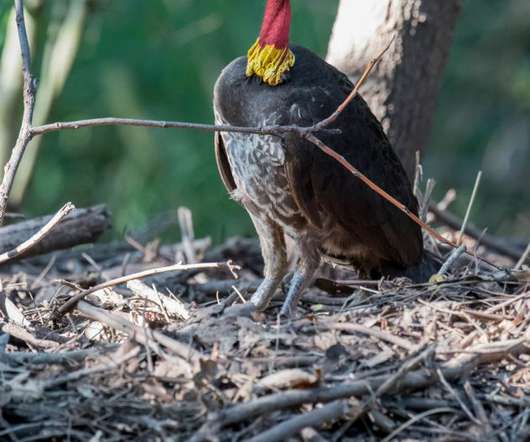
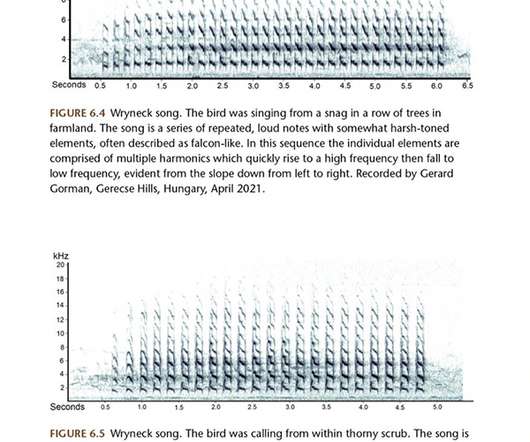
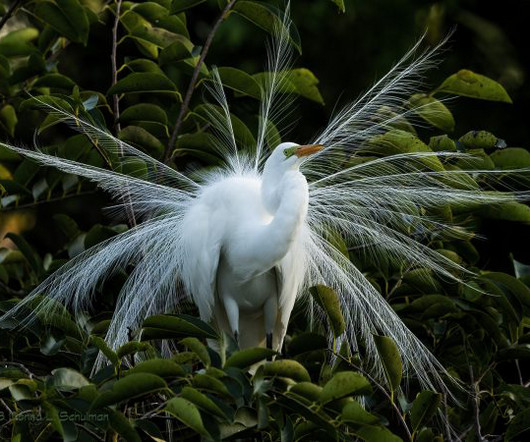
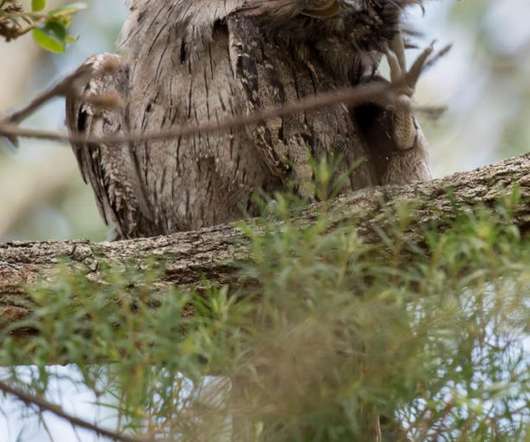
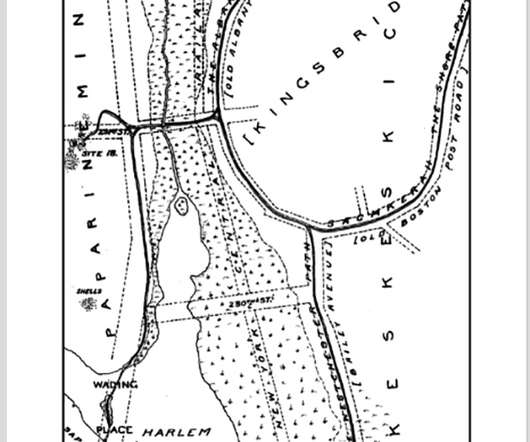








Let's personalize your content